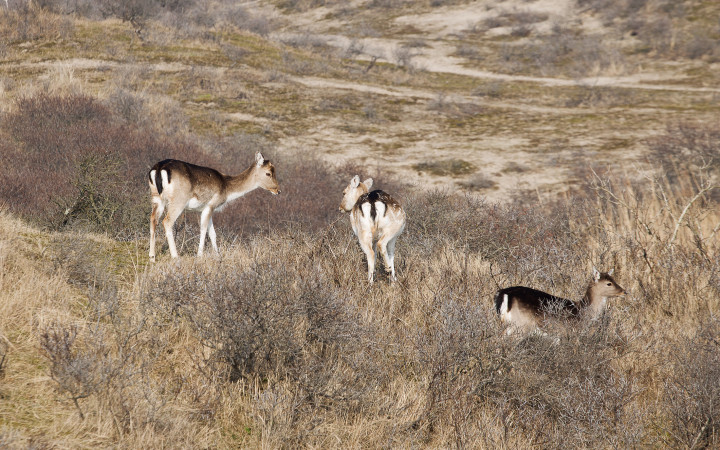Today’s Wonder of the Day was inspired by Coda. Coda Wonders, “What is overgrazing and how does it start?” Thanks for WONDERing with us, Coda!
What are the biggest threats facing planet Earth? You might think of climate change or endangered species. Many people would even say it’s asteroids or nuclear war. However, today’s Wonder of the Day is about a problem that doesn’t get as much attention—overgrazing.
Have you ever been on a long drive through a rural area? If so, you know just how exciting it can be to look out the window and see cows. Many kids love to see cattle eating, playing, or lazing in the sun. Of course, it’s not just cows! Farms full of sheep, goats, llamas, and horses make any drive through farmland much more interesting.
These animals all look different, but they have one thing in common. They all graze. That means that most of their diet comes from fields of grass. Grazing animals also include deer, elk, and even buffalo.
Normally, grazing animals like to eat grass that’s fully grown. Once they’ve eaten all the developed grass in one area, they move to a new one. This allows for younger vegetation to grow. On farms, farmers have to move their animals to new pastures for grazing.
If animals have eaten all the fully grown vegetation but can’t move to a new place, they’ll eat younger plants before they can grow. This causes overgrazing. That’s when animals have eaten until there’s no vegetation left.
What’s so bad about overgrazing? It’s just grass, right? Many might think so. But overgrazing can lead to disaster.
Overgrazing can cause a food shortage for both grazing animals and human beings. Once vegetation is gone from an area, the soil erodes. That means the topsoil is carried away, making it much harder to grow anything on the land. It can’t be used to grow new grass or crops. Overgrazing also puts the land in danger of becoming a desert.
That’s just what contributed to the Dust Bowl. This was a time of heavy drought in parts of the Great Plains. Overgrazing and other irresponsible farming practices caused the event. Between 1930 and 1940, enormous dust storms drove people out of the area. Around 400,000 people moved out of the Great Plains during the Dust Bowl.
How can we prevent overgrazing? Responsible farming is the best way. It’s important for farmers to manage where their animals graze. Others can help by supporting farmers in their efforts to stop overgrazing. Buying food from farms with responsible practices is the best way to do so.
Standards: C3.D2.Geo.4, C3.D2.Geo.5, NGSS.ESS3.C, C3.D2.Geo.2, C3.D2.Geo.3, CCRA.R.1, CCRA.R.2, CCRA.R.10, CCRA.SL.1, CCRA.W.2, CCRA.L.1, CCRA.L.2




